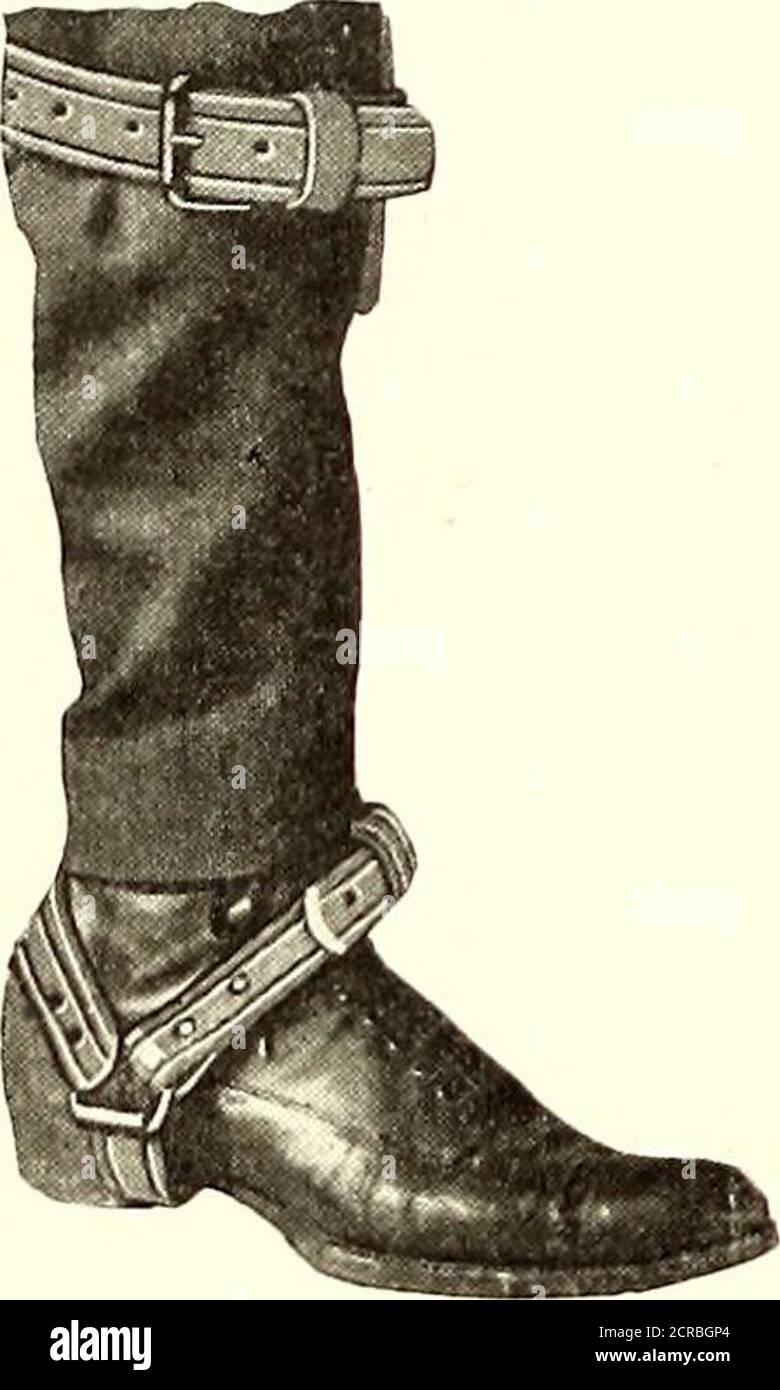

Follow guidelines for hours of service rest. Maintain your level of fitness to adapt to changing seasons, your work schedule, and stress. It involves 24-hour, outdoor work all year. Wear protective footwear with a heel and non-slip sole. Never jump from railcars the impact of hitting the ground can cause strains and sprains. Place guards and warning signs around elevated openings of trains and platforms. Clean and maintain walking surfaces of stations and trains. Keep the rail yard clear of debris and garbage to prevent slips, trips, and falls. If winches or capstans are being used to move cars, don’t stand between them. Do not walk between cars unless they are secured (apply brakes, chock and block, derail, or use bumper blocks). Open doors slowly to ensure that the load has not shifted. Check railcar doors for damage and stability. Use switch controllers and spotters as warning systems.Ĭaught/crush injuries are hazards during coupling, switching, operating doors and hatches, and loading cars.

For routine and emergency repairs, communicate with the yard, controller, and operators about where and when you work.

Plan maintenance work and limit it to inactive tracks. Workers can get struck by trains when working on active tracks, there is miscommunication with control centers and operators, and/or limited line of sight. Track work and rail yard work are the most dangerous in the industry with the highest fatality rates. Railroad worker injuries and fatalities have dropped over time, but they still occur at higher rates than many other industries. The passenger and freight railroad industry has a long history of hard work, long hours, and strict timelines.


 0 kommentar(er)
0 kommentar(er)
